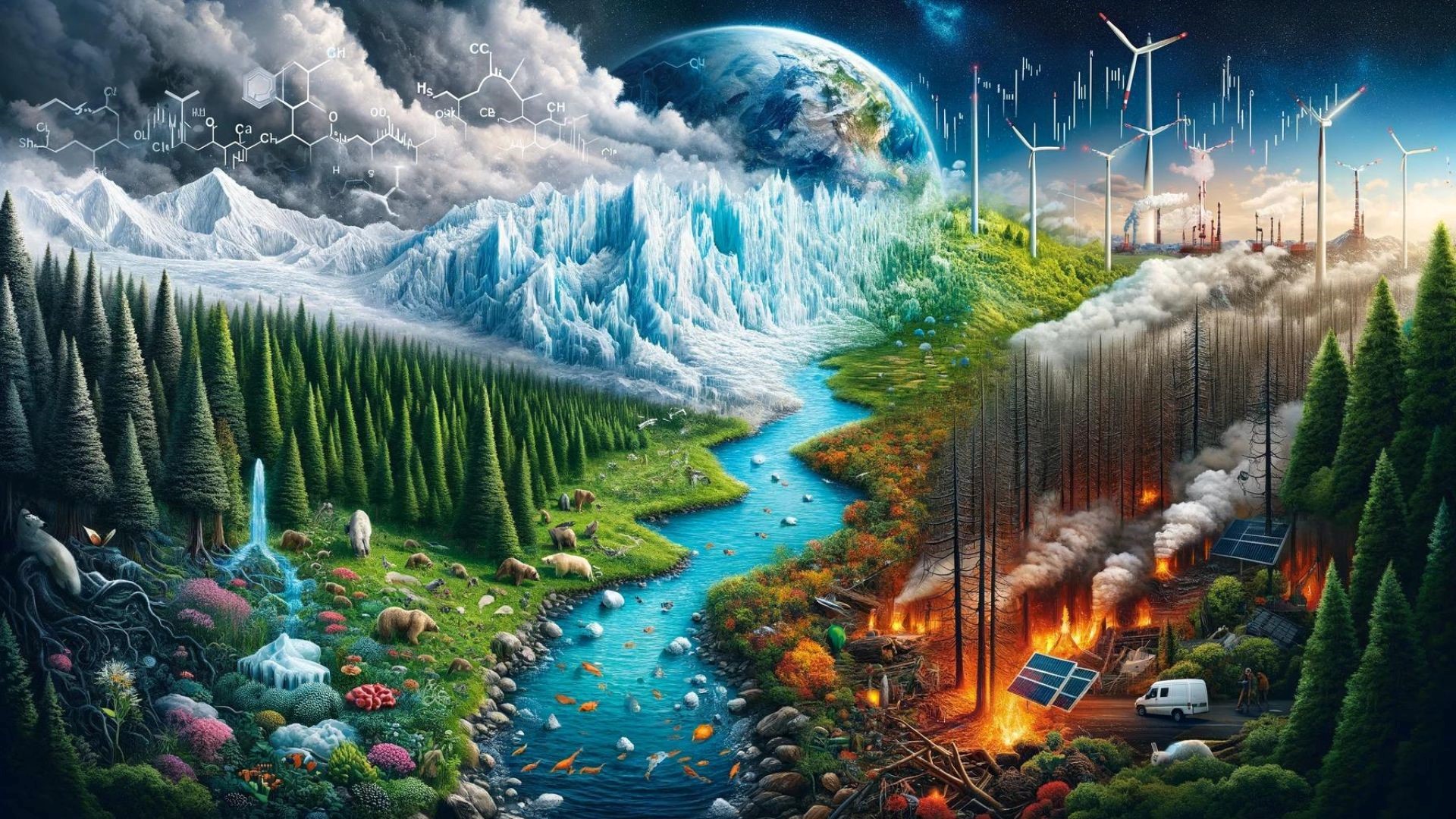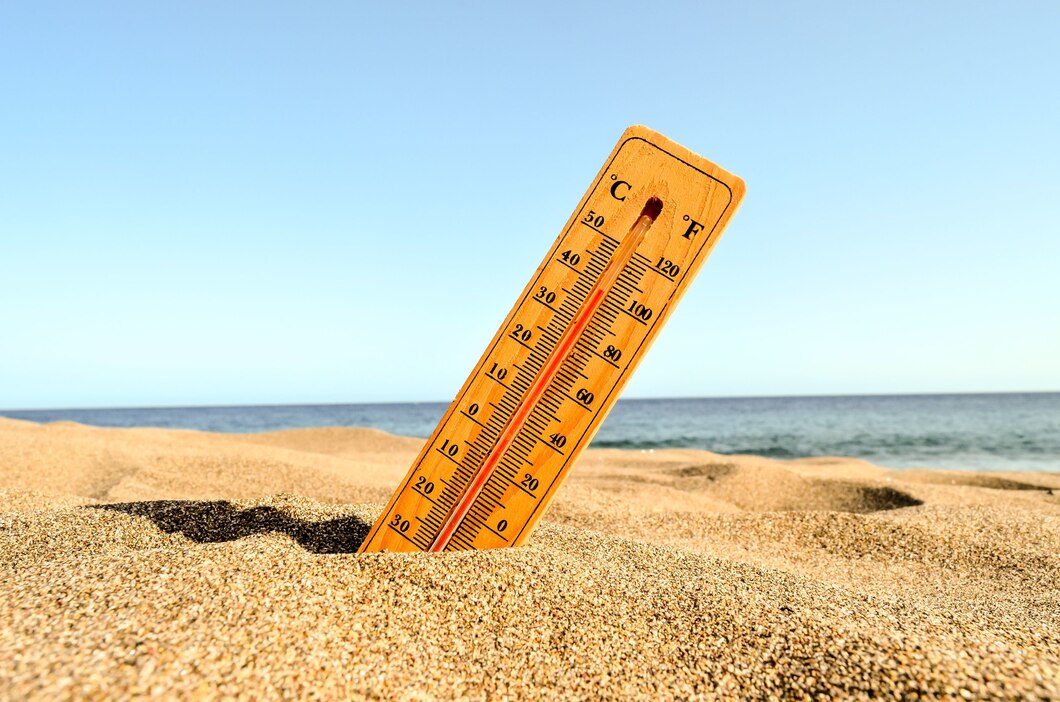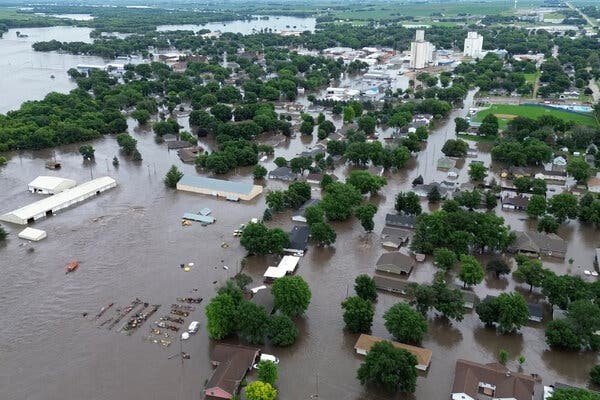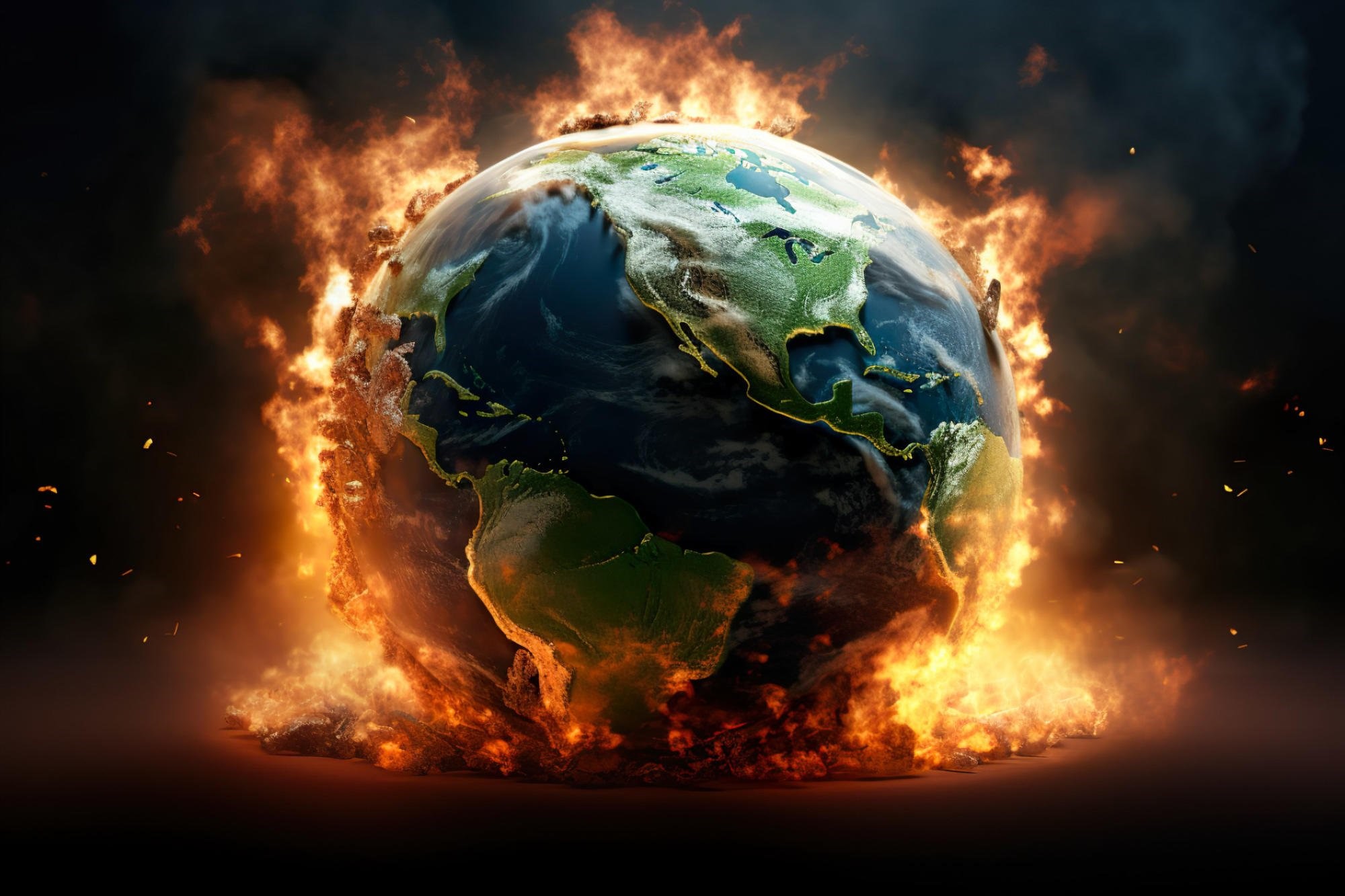By Evi Chrysoheri,
Each year, extreme weather events push the boundaries of scientific predictions, consistently breaking new records. The climate crisis our planet faces is an undeniable reality, yet its full gravity seems to elude the understanding of many powerful world leaders who can be beneficial. Despite this, and even as humanity remains deeply entrenched in a capitalist system rife with associated challenges, the crisis does not waver. Its stands as an unyielding threat, growing more severe with each passing day. Ignoring it may provide short-term comfort, but the consequences are inevitable.

In more detail, four extreme weather events will be discussed, each of which has severe consequences for people who face the wrath of nature: heatwaves, intense rainfall, drought and extreme wildfires. These phenomena not only disrupt daily life, but also endanger human lives, ecosystems and entire communities. To begin with heatwaves, the 2021 IPCC report states that both average and extreme heat are increasing on every continent, a trend directly linked to human-induced climate change. The likelihood of heatwaves has escalated alarmingly, with high-risk regions including Europe, Asia, Australia and Africa. The mortality rate associated with global warming due to climate change reaches 37% worldwide, a percentage that translates to tens of thousands of deaths annually. As if this wasn’t enough, the rise in both frequency and intensity of hot days throughout the year is closely linked to various health issues, such as cardiovascular and respiratory complications, kidney failure, electrolyte imbalances and even fatal health damage.
Heatwaves are directly linked to the greenhouse effect and harmful pollutants such as ozone, sulphur, carbon monoxide and nitrogen dioxide, which further burden individuals with respiratory issues. Moreover, heatwave days often become unbearable for citizens, preventing them from going to work due to extreme weather conditions. This naturally has economic consequences, as productivity declines and businesses are disrupted. One solution that has been proposed is the introduction of flexible working hours, typically with shifts starting early in the morning to mitigate the impact of extreme heat and allow workers to operate during cooler parts of the day. Between the years 2000 and 2020, the EMDAT disaster database recorded 157,000 deaths from heatwaves worldwide. The majority of these fatalities occurred during just two events: the European heatwave of 2003 and the Russian heatwave of 2010, which resulted in 70,000 and 55,000 deaths respectively. These tragic events underscore the devastating impact heatwaves can have, particularly when they occur in regions unprepared for such extreme conditions.

Next on the list are intense rainfall events, which often lead to severe flooding. This category is directly connected to heatwaves, as wildfires that burn vast forested areas leave the ground more vulnerable to extreme floods. When vegetation is destroyed by fire, the land loses its natural ability to absorb water increasing the risk of rapid runoff during heavy rain. This creates a dangerous cycle where one extreme event, like a heatwave or wildfire sets the stage for another, such as catastrophic flooding. A striking example of this phenomenon is the deadly flood experienced by the residents of Volos, Greece on September 27th and 28th, 2023. The flood, primarily caused by storm Daniel, devastated the entire region, leading to the destruction of properties and vital community infrastructure. The rainfall amounts were significant, although lower than those recorded during the original Daniel storm. According to data from National Observatory of Athens (EAA) network, Volos saw 306.6 mm of rain, with 180 mm falling within just five hours, from 18:30 to 23:30. During storm Daniel, Volos recorded a total of 617.4 mm, showcasing the extreme weather conditions that led to this catastrophe. Finally, according to data from EMDAT between 2000 and 2020, floods have been responsible for 111,000 recorded deaths and have affected 1.66 billion people worldwide.

On the other hand, we have the phenomenon of drought, which can be classified into three types: meteorological, agricultural and hydrological drought. Climate change is driving an increase in both the frequency and intensity of these droughts. This has significant impacts on food security, as it leads to severe crop losses and the depletion of water resources. The agricultural sector is particularly vulnerable, as prolonged drought conditions can devastate harvests, reduce yields and strain water supplies. Ultimately, threatening the livelihoods of millions and exacerbating global hunger.
In conclusion, the climate crisis is an issue that must be taken seriously by society, as it significantly impacts our lives in negative ways. It goes without saying that protecting the planet will not only safeguard our present but also secure the future for our children!
References
- Extreme weather impacts of climate change: an attribution perspective. IOP Science. Available here
- Σαν σήμερα το 2023, η κακοκαιρία ‘Elias’- Πόσες συχνές είναι η αιφνίδιες πλημμύρες. kolydas.eu. Available here




